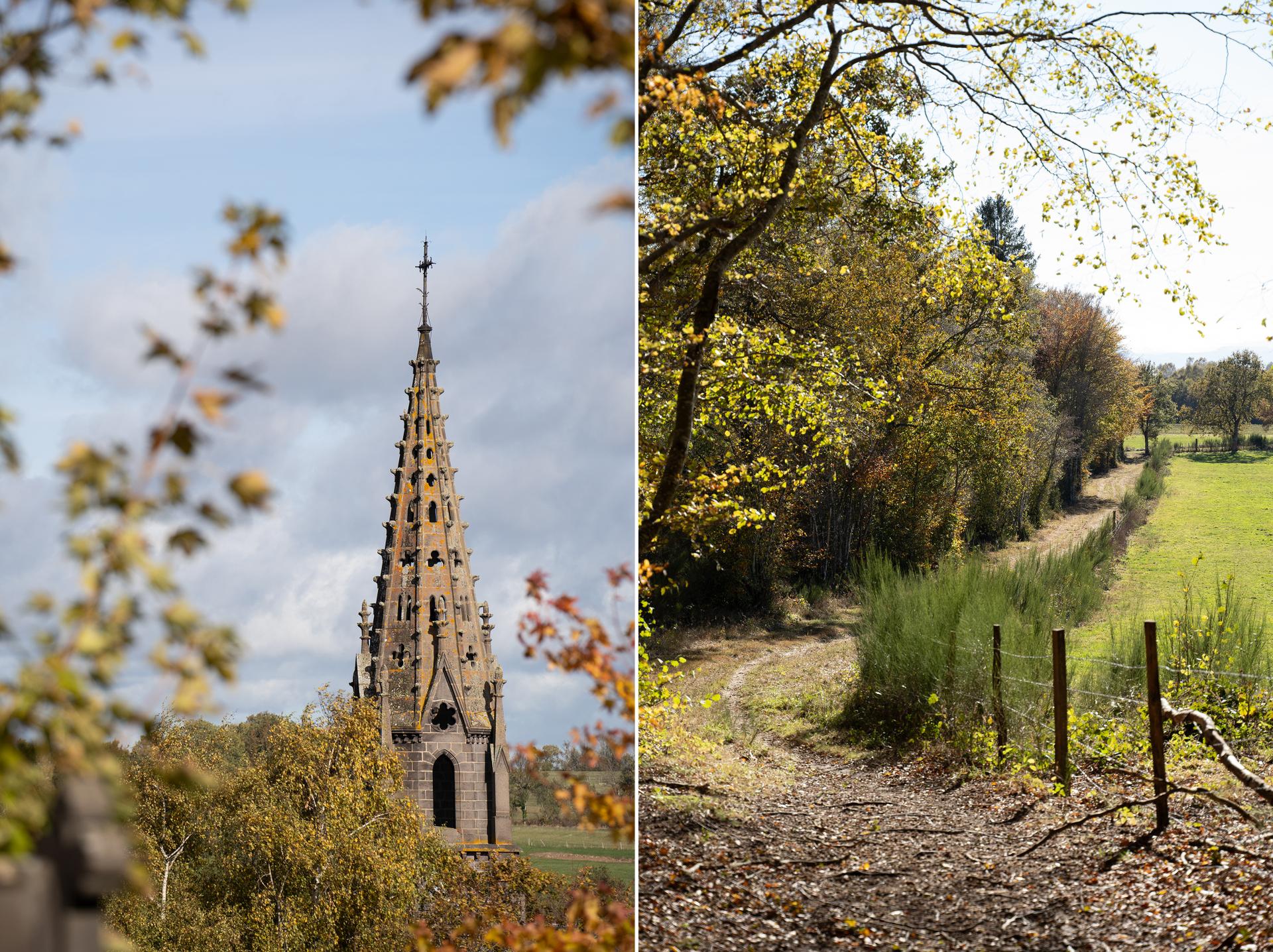


Le Monde's top 10 destinations | #1 France's sleeping volcanoes
FeatureWhere to travel in 2024? This year, Le Monde answers that question with 10 travel picks accessible by train from France. Discover two travel guides per week throughout December. Number 1: Cycling among endless volcanic sleeping beauties.
Some are hulking and can be spotted from afar; others, seen only in outline, are barely discernible. Whatever their stature, these round-topped volcanoes are covered by a sort of forest fleece of green and brown, made up of the autumn leaves of beech and birch trees and the needles of spruce. These jutting cones, or "puys," somewhere between Saint-Ours and Chanat-la-Mouteyre (Puy-de-Dôme), form a bewildering landscape.
This scenery, unique in mainland France, can be explored by bicycle. Experiencing a mixture of delight and amazement, a traveler can make the journey at his or her own pace along dirt tracks and narrow asphalt roads, sheltered from motorized traffic. The Riom train station is only 30 kilometers away. Sports enthusiasts will appreciate the 700-meter difference in altitude along winding roads, while others will climb more comfortably with electric assistance.
The volcanic mountains lie on a rugged plateau at an altitude of around 900 meters, with fenced-in fields and their herds of cows, ponds, mudflats and a few farmhouses dotting the horizon. In the bushes, small red berries of rosehips, hawthorns and euonymus, with their pink fruits resembling bishop's bonnets, peek through. Villages are hardly visible, tucked away in hollows where springs have their source.

On the puys themselves, which are privately owned, you can't go up on your bike. You have to attach it to a post and then take a lengthy footpath. The Puy des Gouttes is approached via a wide passage between two rows of beech trees, their trunks entwined and their branches meeting to form a perfect canopy. By mid-October, the trees have littered the ground with their beechnuts, which wild boars love to eat. But climate change has been taking its toll on this ecosystem. As Pierre André, a guide and keen observer of nature in the Auvergne, said by way of a warning: "Because of the heat, the leaves go straight from green to brown and then peel away, without the usual transition to yellow or red."
After a 45-minute walk, you arrive at the crescent-shaped crater, partly covered by rocks from the eruption of its neighbor, the Puy Chopine. From the summit, the panorama opens onto the Chain of the Puys, a collection of 80 domes, running for 35 kilometers from north to south, three to four kilometers wide. Behind the Puy du Pariou and the Puy de Côme, whose beautifully cylindrical cone has been featured in every guidebook, lies the Puy de Dôme. Standing at 1,465 meters, the latter has lent its name to the region's department and dominates the area with its camel-like silhouette. At its summit, the TV transmission tower acts like a magnet for visitors, who climb the puy on foot or take the shuttle train. In the mist, the distant Puy de Sancy rises from another volcanic massif − the Auvergne has three main ones, with the third being the Monts du Cantal.
You have 60% of this article left to read. The rest is for subscribers only.
